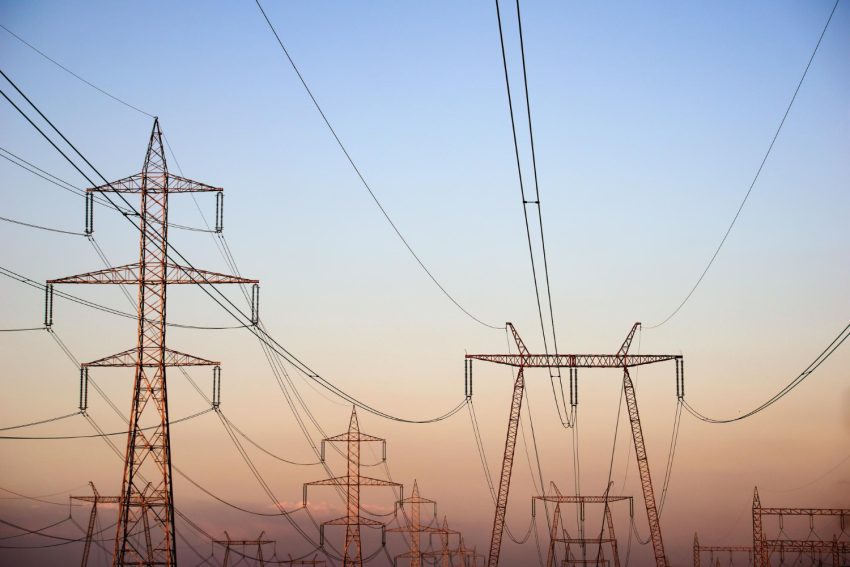Substations are the backbone of any modern power system. These essential facilities are the links between the generation system, transmission, and distribution systems, making sure that power is flowing easily and consistently to households, industries, and corporations. The development of an effective substation should be based on both technical skills and the application of safety requirements and the basic knowledge of electrical theory. This blog includes a basic introduction to substation design and outlines the fundamentals that any engineer needs to be aware of.
What is a Substation?
A substation is an electrical plant where voltage is converted, regulated and fed out to be transmitted or used further. Substations may step up voltage (in long-distance transmission) or step down voltage (in local distribution) depending on the location and function. They also feature protective devices that provide safe and stable functioning of the electrical system.
Core Objectives of Substation Design
The main objective of substation design is to attain reliability, efficiency and safety in the processes of controlling power flow. Among the objectives that engineers need to put into consideration include:
- Having constant supply by reducing faults and downtime.
- Maximizing land use particularly in urban or limited places.
- Minimizing energy waste by smart layout and equipments.
- Flexible design to absorb technological integration and load increase in the future.
Key Components in Substation Design
Every substation, regardless of size or type, contains a set of essential components that form its backbone:
- Transformers – Step up or step down voltage where needed.
- Circuit Breakers and Switchgear – Protect and isolate faulty parts to ensure the system is safe.
- Busbars – Split electrical power in the substation.
- Protection Systems – Relays, fuses and similar equipment prevent short circuits and overloads.
- Grounding System – Enables safe ground fault current flow and helps protect equipment and personnel.
Factors Influencing Substation Design
There are numerous factors which engineers need to consider carefully during the design of substations. These are the load demand, the levels of faults, the environmental requirements, the safety requirements, and the availability of space. An example is that a smaller Gas-Insulated Substation (GIS) may be needed in an urban area and a less expensive Air-Insulated Substation (AIS) in a rural area. Also, temperature, humidity, seismic activity, and other environmental factors are in the choice of equipment and layout planning.
Why Substation Design Matters
When the substation is improperly designed, the cell often goes out of service, and it is equally expensive to maintain the cell as well as it can be dangerous. Conversely, an effective design and implementation will provide stable energy supply, industrial development and customer satisfaction. Modern substations also need to incorporate solar and wind energy and other clean power sources into the grid, with the emergence of renewable energy. This only further complicates substation design in the construction of a sustainable future.
Conclusion
Substations might be considered as yet another element of the electrical system, but they are the nodes of the nervous system that ensure the safe and efficient flow of electricity. To the engineers, it is important to know the basics of substation design to construct durable power networks to satisfy the increasing demand. The same principles will apply whether it is a large-scale transmission substation or a small distribution hub–safety, reliability, and efficiency are the pillars of success.

